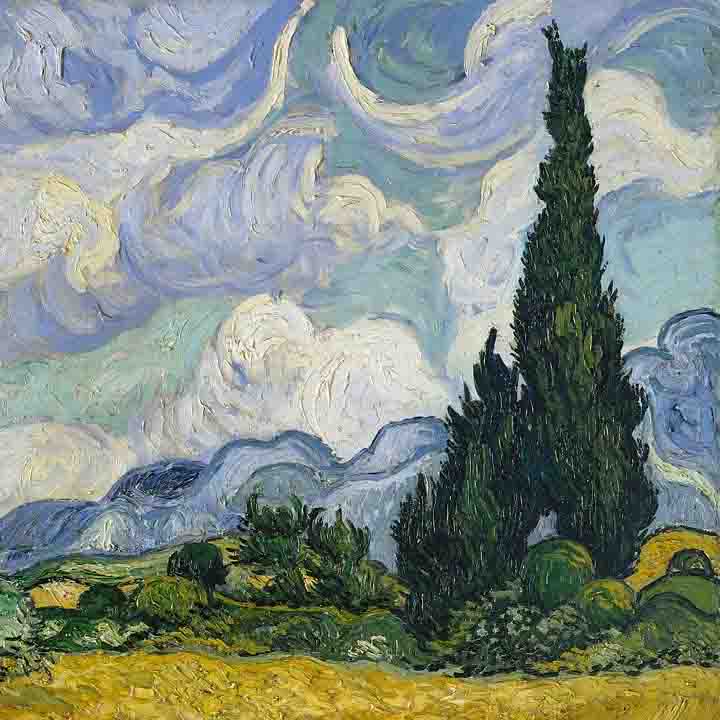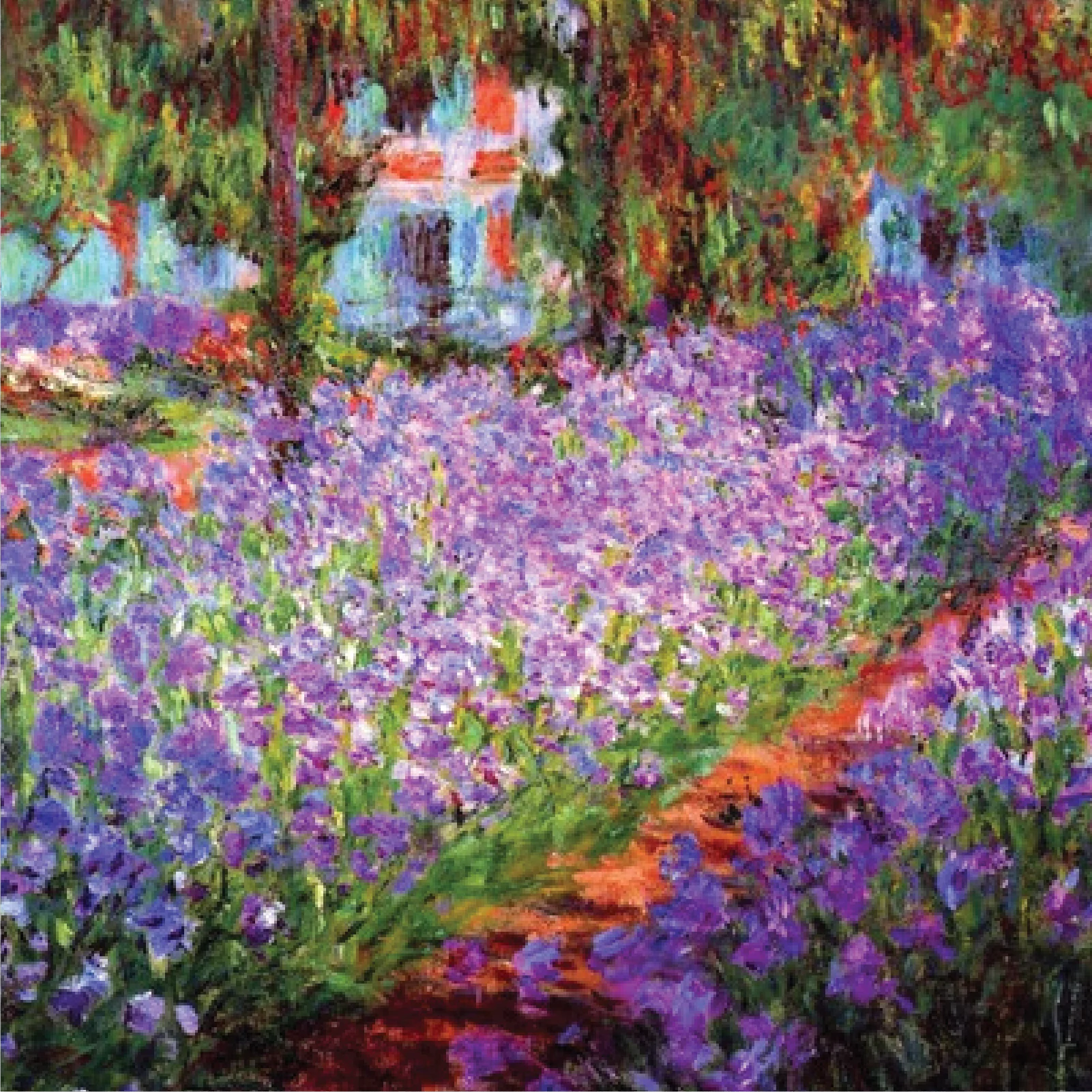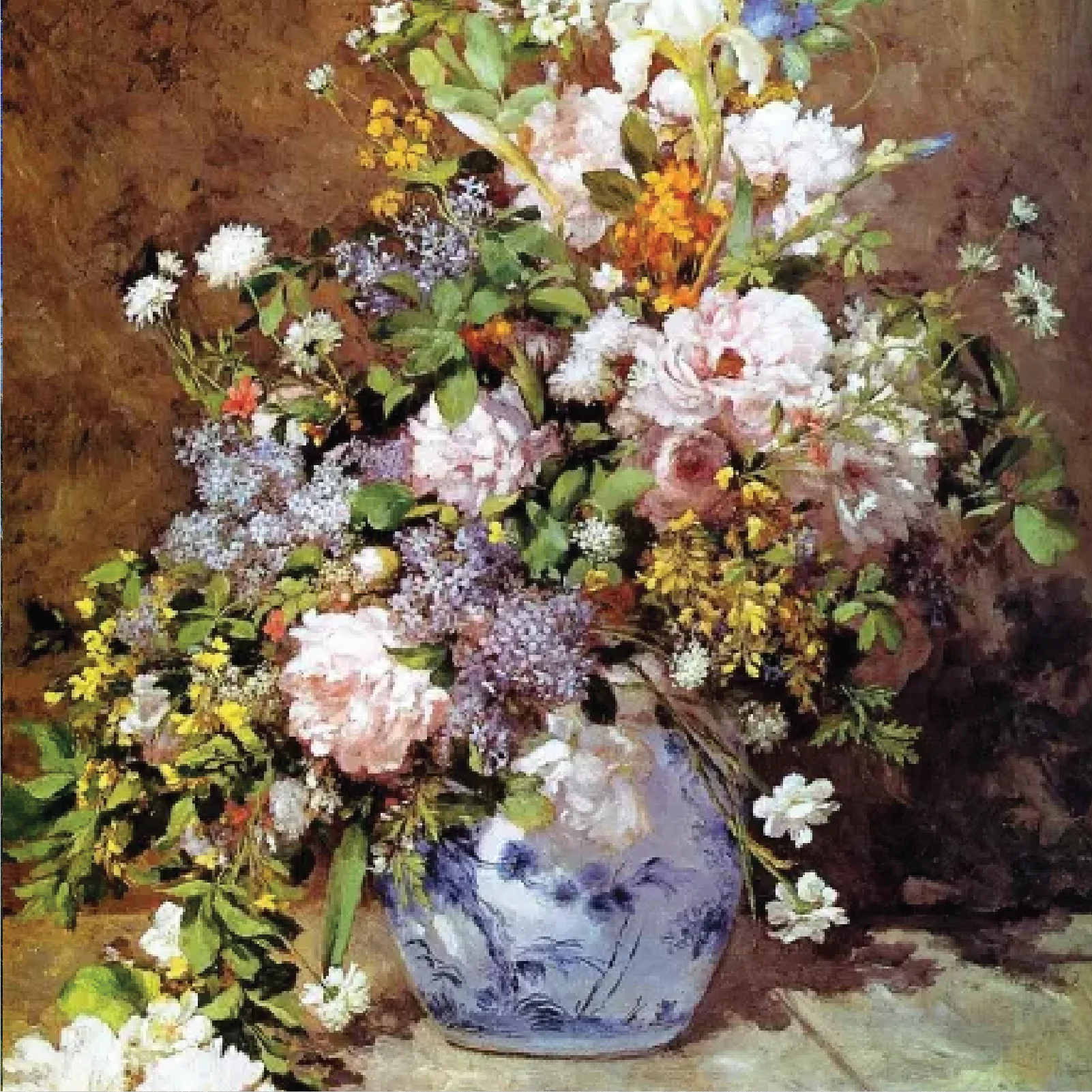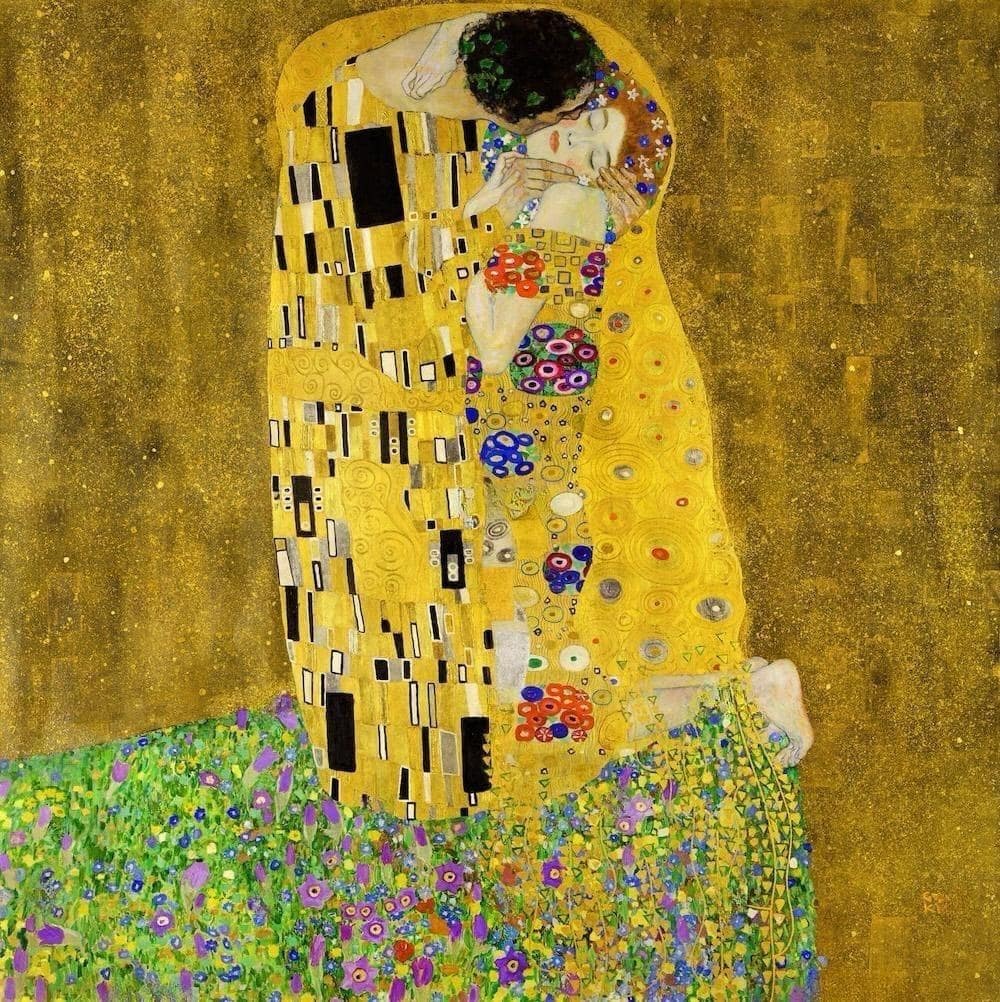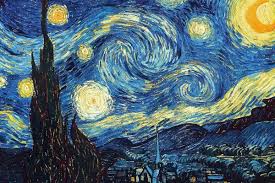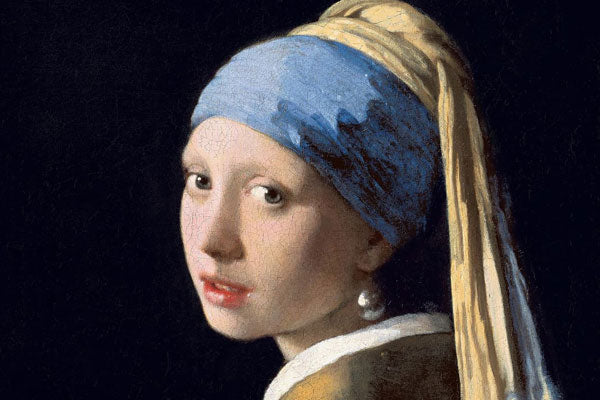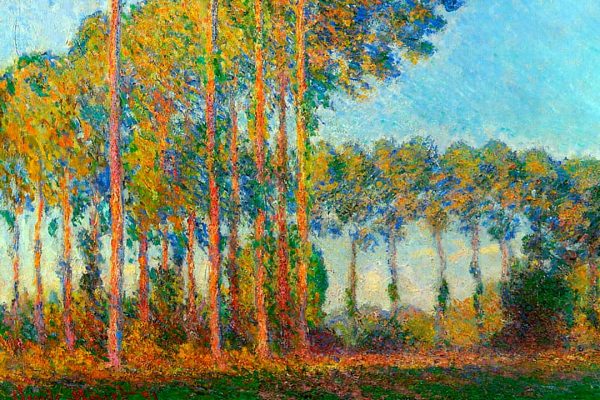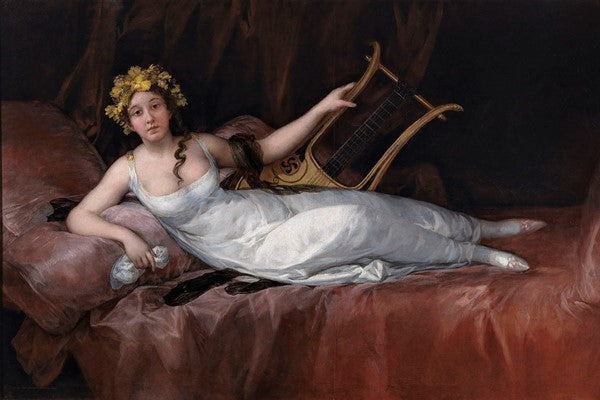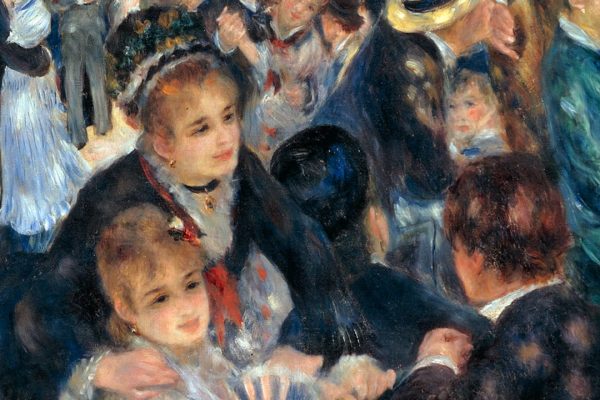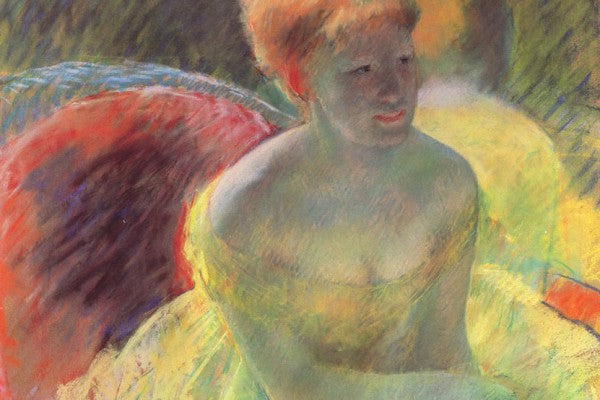Buying a painting should be a thrilling experience, but what if that beautiful artwork is a fake? Many art lovers face this problem, which can leave them feeling frustrated and unsure.
Imagine spending your hard-earned money on a piece you believe is genuine, only to find out it's a forgery. This can be a huge disappointment and can cause you to lose trust in the art market.
Fortunately, you don't have to be skillful person to spot the signs of a genuine painting. You can, with a few tips, tell the difference between an original masterpiece and a clever fake.
Let's dive in and learn how to identify a genuine painting, ensuring your next purchase is truly a work of art.
Understanding Artwork Authenticity
Art forgery is when someone creates a fake piece of art and tries to pass it off as the real thing. It can trick people into investing a worthless fake, thinking it's a valuable original. It’s a problem that has been around for centuries and continues to fool even the sharpest eyes.
When you invest in a painting, you may need to be sure it’s the real deal. But the world of art can be tricky. Forgeries can look almost identical to real works. This makes them hard to tell apart. This can make you feel unsure and worried about making a bad purchase. Imagine proudly displaying a painting in your home, only to find out later it's a forgery. That would be pretty upsetting, right?
The good news is that you can learn how to spot these fakes and avoid being fooled. You can protect yourself by knowing the forgers' tricks and what to look for. Let’s dive into the world of art forgery and learn how to recognize a genuine piece from a forgery one.
Key Techniques to Examine an Expert Artwork
Art forgery can trick even the most careful buyers. A fake painting can look almost like the real thing, making it hard to tell apart. This can cause a lot of frustration and disappointment for art lovers. But there are ways to spot a genuine painting if you know what to look for.
1. Look Closely at the Surface
One way to tell is by looking at the surface. Original paintings often have unique brush strokes and textures. If the painting looks too smooth or uniform, it might be a print or a forgery.
2. Check the Signature
Authenticity is a signed document. Artists usually sign their work. Hold the painting, look for the artist’s signature, and compare it with known examples. Be careful, though, because some forgers can copy signatures very well.
3. Use Ultraviolet Light
Ultraviolet (UV) light can reveal things that are hidden from the naked eye. put painting up to the light can reveal hidden flaws. It can show repairs, changes, or forgery that normal light can't. This can help you spot a forgery.
4. Determine the Materials
The materials used in a painting can tell you a lot about its authenticity. For example, the type of canvas or paint can indicate if it’s from the right period. Experts can test the materials to see if they match what the original artist would have used.
5. Determine the Certificate
Provenance is the history of the painting – who owned it, where it was displayed, and so on. A clear, documented history can help prove if it is genuine. If the provenance is missing or unclear, it might be a sign of a forgery.
6. Consult with an artist
Sometimes, the best way to know is to ask a skillful person. Professional art appraisers have the tools and knowledge to authenticate a painting thoroughly. They can give you a certificate of authenticity, which is very helpful.
Importance of Certificate for Identifying Genuine Paintings
When it comes to identifying genuine paintings, provenance plays a big role. Provenance is the history of where a it has been and who has owned it. This history can help prove that a painting is real.
Provenance is like a painting’s birth certificate. It tells the story of where it came from, who purchased it, and where it has been displayed. This history can help show that the painting is genuine.
To determine a painting’s provenance, look for documents that show its history. These might include:
-
These show when and where the painting was sold.
-
These prove the painting was shown in museums or galleries.
-
These can come from previous owners or art dealers.
Red Flags in Provenance
Sometimes, a provenance might have gaps or missing information. This can be a red flag. Long gaps in history may suggest it is not real.
Getting Help with Provenance
If you are not sure about a painting’s provenance, you can ask a skillful person. Professional art authenticators can check a painting's history. They can verify its authenticity. They can look at the documents and even test the painting to confirm its authenticity.
Consulting with a Professional Art Authenticator
When you're unsure if a painting is real or forgery, talking to a professional art authenticator can help. Review oil painting companies before buying any art. These experts know how to spot real paintings and can save you from investing in a forgery.
It’s a good idea to consult a skillful person when:
-
You want to be sure you’re getting what you pay for.
-
If the painting's history is incomplete, a skillful person can help.
-
If you suspect a painting is fake, an authenticator can confirm it.
Art authenticators use several methods to examine a painting, such as:
-
They look closely at the painting’s details.
-
They may use UV light or other tools to check the materials and techniques used.
-
They investigate the painting’s history and compare it to known works by the artist.
You can find a good art authenticator:
-
Friends, art dealers, or galleries may know reliable people.
-
Make sure the authenticator has proper training and experience.
-
See what other people have said about their services.
Avoiding Common Pitfalls in Art Authentication
Investing in a painting can be exciting, but it's important to avoid some common mistakes. These pitfalls can lead you to invest a fake painting. Here are some tips to help you make sure you’re getting a genuine piece of art.
1. Examine Out for Red Flags
Some signs might indicate a painting is not real:
-
If the price seems too low for a famous artist’s work, it might not be real.
-
If the seller can’t provide information about where the painting came from, be cautious.
-
Examine the artist’s signature carefully. If it looks different from known examples, it might be forged.
2. Research the Artist
Before investing in a painting, learn as much as you can about the artist and their work. Look at other paintings by the same artist to understand their style and techniques. This will help you spot any differences that might show a forgery.
3. Verify Provenance
Provenance is the record of a painting’s ownership history. Make sure the painting has a clear and documented history. This can include sales receipts, exhibition records, and letters from previous owners. If the provenance is missing or incomplete, it’s a warning sign.
4. Get a Second Opinion
If you have any doubts about a painting, get a second opinion from an expert. An art authenticator can examine the painting and give you a professional assessment.
5. Use Technology Wisely
Modern technology can help in art authentication:
-
UV light can reveal repairs or changes that are not visible to the naked eye.
-
A skillful person can test the materials used in the painting to see if they match the time when the artist worked.
6. Be Cautious with Online Purchases
Buying art online can be risky because you can’t see the painting in person. Make sure to buy from reputable websites. Read reviews and examine their return policies. If possible, visit the gallery or dealer to see the painting before you invest in it.
7. Ask Questions
Don’t be afraid to ask questions about the painting. Find out where it came from, how long they’ve had it, and any other details they can provide. A reputable seller will be happy to answer your questions.
Conclusion
Staying informed and vigilant is essential when investing in art. To avoid fake paintings, research, examine provenance, and consult experts. At Art & See, they offer genuine paintings by renowned artists at reasonable prices. Explore our collection. Find the perfect piece to enhance your space.
FAQs
How are Dutch oil painting reproductions unique?
Dutch oil painting often replicate the detailed brushwork, use of light, and rich colors characteristic of Dutch Golden Age masters like Rembrandt and Vermeer.
What should I look for in the layering of an oil painting reproduction?
Look for depth and texture created by multiple layers of paint. Authentic painting will show skillful layering that mimics the original artwork's techniques.
What documents are important for checking provenance?
Important documents include sales receipts, exhibition catalogs, and letters from previous owners.
Why is it important to research the artist?
It will ensure you invest in a genuine painting. It also gives you peace of mind.
How can I determine the medium used in an oil painting reproduction?
To determine the medium, use a magnifying glass to look for characteristics like texture, sheen, smell, and brushstroke quality. Oil paintings typically have a rich, glossy finish and visible layering.
What are some tips for buying oil painting reproductions?
When investing, consider the reputation of the website and the quality of materials used, and determine whether the reproduction is hand-painted. Ask for certificates of authenticity if available.





